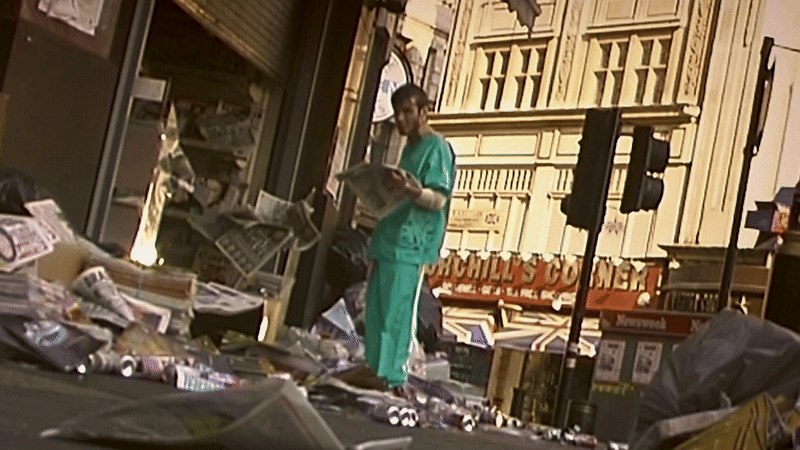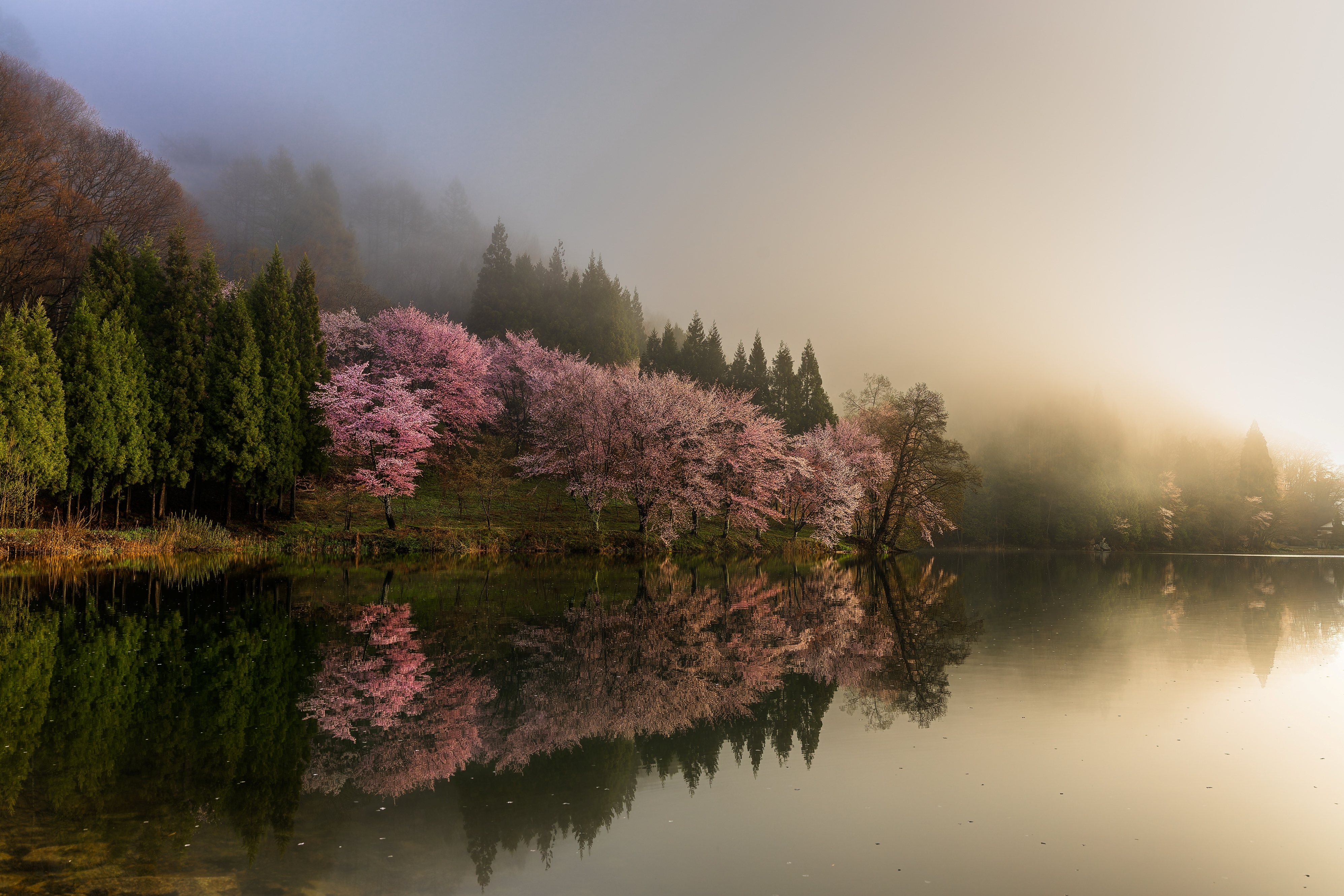Is video fidelity a myth? 28 Days Later was shot in 480p!
In a world where content creators and camera manufacturers are striving for better video fidelity, why are moviemakers opting for a more lo-fi approach?

Danny Boyle and Alex Garland’s classic British (not-)zombie horror, 28 Days Later, was largely shot on Canon XL1 camcorders – which max out at a standard-definition resolution of 480p. You know, the resolution you resort to on YouTube when your internet connection’s running slow.
I recently watched a great retrospective on the movie by Archer Green (embedded below), revealing that the reasoning behind adopting the camcorders was twofold. Firstly, the home-movie aesthetic would provide the film with a gritty realism that would further immerse the audience. And secondly, camcorders are highly portable.
ABOVE: Shooting a Hollywood blockbuster in 480p
You see, 28 Days Later managed to do something quite incredible. The famous shot of the then-unknown Cillian Murphy wandering across an abandoned Westminster Bridge was real. The film’s production actually brought London to a standstill.
As Cillian told NME: “The world changed after [we finished shooting] because of the September 11 terrorist attack”. But the crew had to work fast, only able to stop traffic in momentary intervals, so the run-and-gun style of shooting was as practical as it was aesthetic.
And, indeed, Danny Boyle has paid homage to the film’s unique style of shooting in his upcoming 28 Year’s Later by using the iPhone 15 Pro Max to shoot some sequences. He told IGN that the crew made rigs for 8, 10 and 20 iPhones, stating it was “basically a poor man’s Bullet Time.”
In a world where we’re constantly striving to capture slick 4K video at a high enough bitrate to meticulously grade the footage, not to mention acquire fast enough framerates to capture silky smooth slow-motion, it’s inspiring to hear of mainstream creatives pushing a different approach.
The best camera deals, reviews, product advice, and unmissable photography news, direct to your inbox!
Danny Boyle and Alex Garland certainly aren’t alone, though. The Blair Witch Project (1999), Paranormal Activity (2007) and Cloverfield (2008) are all examples of films that used camcorders to enhance immersion.
But the aforementioned films are stylized; what about the wider movie industry? Well, it seems to me that it’s camera and AV tech companies, YouTubers, small production companies and journalists (like me) who are perpetuating the more is more narrative when it comes to video fidelity.
Despite their huge crews, big budgets and high-end facilities, movie productions don’t seem nearly as obsessed with ‘perfect’ image quality as the rest of us.
Just recently I wrote an article about the optically flawed $450 Petzval lens, which has become a Hollywood darling. And it’s not uncommon for cinematographers to opt for vintage lenses or vintage-style lenses to provide a softer and more cinematic effect.
Then you have an increasing number of filmmakers playing with unconventional aspect ratios; Robert Eggers and Wes Anderson come to mind. And of course many directors, like Christopher Nolan and Quentin Tarantino, still shoot on film. Which isn't to say that film is anything but incredible quality, but quite how that shapes up against cinema 4K is a discussion for another article.
I cannot help but wonder, just like the movie industry turned to widescreen in the 1950s in a bid to differentiate itself from television, it now has to differentiate itself from the run-and-gun videographers of the world.
Today, your average wedding videographer – armed with a Sony FX3, a camera drone and DaVinci Resolve – can do what would have been unthinkable just 15 years ago. I’m not surprised films such as The Lighthouse, Poor Things, The Holdovers and Joker are leaning into a more archaic, cinematic aesthetic.
This is also a foil to AI footage, overly polished and drenched in the uncanny valley. Don’t get me wrong, plenty of these movies are filmed in cinema 4K, but the result is a lo-fi, filmic aesthetic.
Whatever resolution you choose to shoot in and whatever camera you have, just know that you don’t need the very best kit, and you don’t need to shoot in sumptuous 4K to produce an incredible film. If 480p is good enough for Academy Award-winner Danny Boyle, a FullHD video camera is good enough for me and you.
You might also like...
On the subject of resolutions – 4K vs 1080p: What’s the difference, and should I even bother shooting full HD video in 2025? Interested in filmmaking? Nosferatu has the best cinematography I’ve seen in a long time. It was Panavision's 70th birthday recently. Here are some incredible innovations it brought to legendary movies from Ben-Hur to Wicked.
Resolution is only part of the equation – as the best camera for filmmaking will explain.

Mike studied photography at college, honing his Adobe Photoshop skills and learning to work in the studio and darkroom. After a few years writing for various publications, he headed to the ‘Big Smoke’ to work on Wex Photo Video’s award-winning content team, before transitioning back to print as Technique Editor (later Deputy Editor) on N-Photo: The Nikon Magazine.
With bylines in Digital Camera, PhotoPlus: The Canon Magazine, Practical Photography, Digital Photographer, iMore, and TechRadar, he’s a fountain of photography and consumer tech knowledge, making him a top tutor for techniques on cameras, lenses, tripods, filters, and more. His expertise extends to everything from portraits and landscapes to abstracts and architecture to wildlife and, yes, fast things going around race tracks...
You must confirm your public display name before commenting
Please logout and then login again, you will then be prompted to enter your display name.

